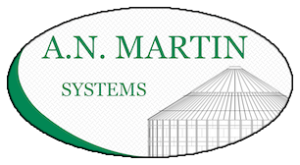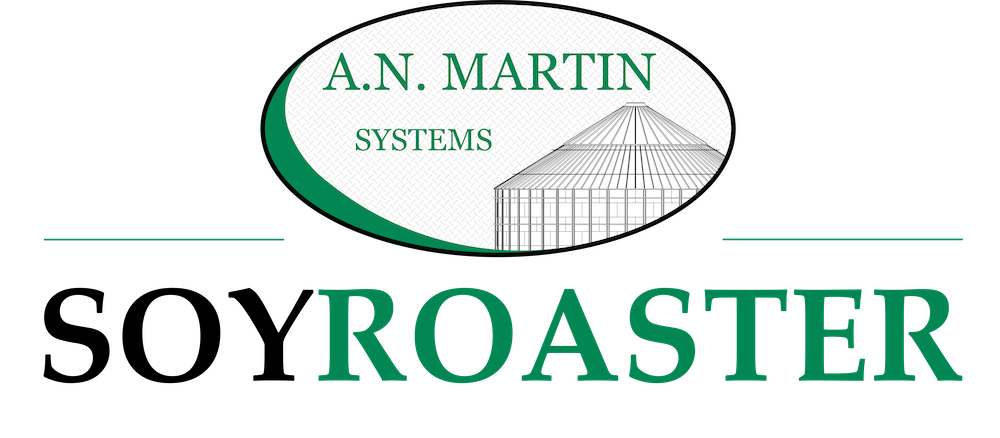The decision to install a soybean roaster is a significant step toward controlling your feed quality and costs. Once you’ve decided to move forward, one of the most common questions we hear is: “Should I choose electric or propane?”
The good news is that when it comes to the finished product, the choice is ultimately yours. Both our electric and propane roasters deliver the same, high-quality roasted soybeans, but they achieve that heat through different mechanisms with distinct operational costs.
Here is a breakdown of the differences to help you decide which fuel source is best for your farm.
The Roasting Process: Identical Results
Before diving into the differences, it’s essential to understand the core technology that makes our roasters so effective.
The Method: Both the electric and propane models use a highly efficient, indirect heating method. Soybeans are augered through an auger tube which is surrounded by a hot oil jacket. The heat from the oil is evenly transferred to the soybeans, ensuring a consistent, fully cooked product every time.
The Outcome: The roasted soy product is virtually identical regardless of the fuel source. Your final meal will have the same nutritional profile and quality, ensuring optimal performance in your livestock feed.
The Difference: How Heat is Generated
The sole operational difference between the two models is the component used to heat the oil jacket:
⚡The Electric Roaster
- Heating Method: Relies on robust **heating elements** that are immersed directly into the oil jacket.
- How it Works: These elements heat up as electricity passes through them, transferring heat directly to the oil, which in turn heats the roasting tube.
- Primary Factor: Operational cost is directly tied to your farm’s commercial **electricity rate ($/kWh)**.
🔥The Propane Roaster (or Natural Gas)
- Heating Method: Utilizes a powerful **burner box** located on the bottom of the unit.
- How it Works: Propane (or natural gas) fires the burner box, heating the oil flowing above it. Additionally, a few pipes run directly through the flame itself, increasing the heat transfer.
- Efficiency Advantage: This direct and augmented heating method increases the **overall efficiency** of the propane roaster.
- Fuel Flexibility: The propane model can also be configured to run on **Natural Gas**, offering an additional option if your farm has access to a natural gas line.
The Local Price Check
The best way to determine your most cost-effective solution is to perform a simple calculation based on your local rates:
1. Check your Commercial Electricity Rate: Look for the price per kilowatt-hour ($/kWh) on your monthly power bill.
2. Check your Propane/Gas Rate: Get a quote for commercial propane ($/Gallon) or natural gas ($/Therm or $/CCF) in your area.
3. Compare: While we provide detailed efficiency metrics for our machines, a good rule of thumb is to look at the regional price disparity. If your state has very low electricity rates (like some areas of the Midwest/South) or very high propane prices, the Electric model may win. If you have low-cost bulk propane or an existing natural gas connection, the Propane/Gas model is likely the economical choice.
Summary: A Versatile Solution
We offer both electric and propane models because we believe in giving farmers the flexibility to choose the most efficient solution for their unique operation. Whether you have abundant, low-cost electricity or a reliable source of bulk gas, you can be confident that either roaster will deliver the consistent, high-quality feed product your animals need.
Ready to Crunch the Numbers?
Have questions about the energy requirements for your specific farm or want to know which model—Electric or Propane—will be the most economical for you?
We’re here to help you calculate the costs and decide!
Give us a call today at: 315-902-4524.
If you want to reach Lydell directly, he can be contacted at: 315-209-7979
We look forward to hearing from you!

